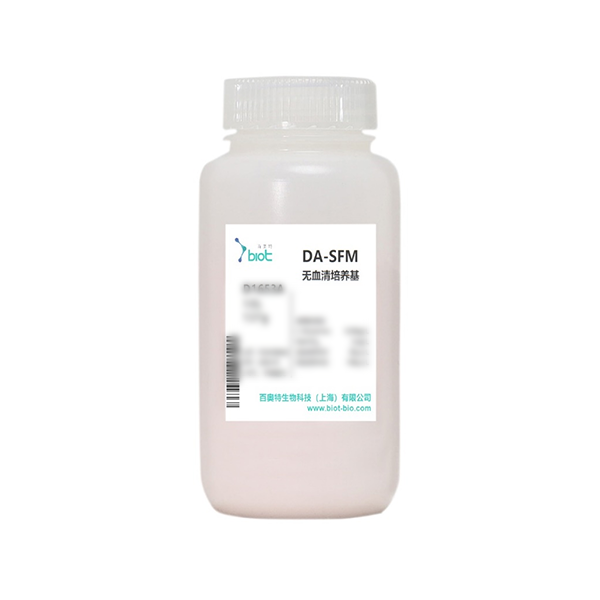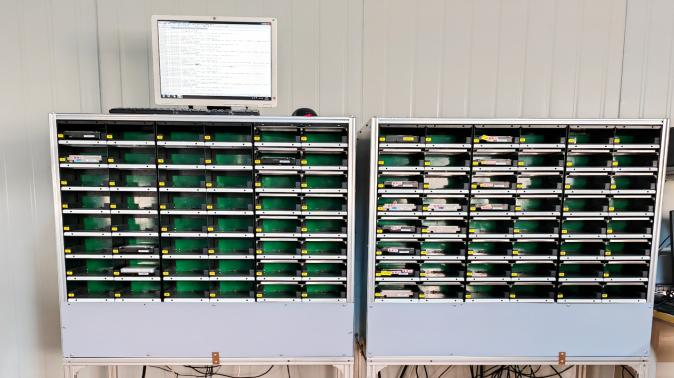
In the world of 3D printing, material selection plays a crucial role in determining the functionality and versatility of the printed objects. While there are numerous materials available for 3D printing, today we delve into the realm of flexibility. In this article, we explore the most flexible 3D printing materials, their unique properties, applications, and the latest advancements in the field. Whether you're a hobbyist, engineer, or designer, understanding the flexibility of different materials will empower you to create innovative and functional prints.
- TPU (Thermoplastic Polyurethane):
TPU stands out as one of the most popular and versatile materials for flexible 3D printing. Its exceptional elasticity and durability make it ideal for applications requiring impact resistance and flexibility. TPU is commonly used in industries such as automotive, footwear, and consumer goods. Its ability to withstand repetitive bending and stretching without losing shape or structural integrity makes it a top choice for creating functional prototypes, flexible parts, and wearable devices. - TPE (Thermoplastic Elastomer):
TPE is another highly flexible 3D printing material that offers a wide range of hardness options. It combines the characteristics of rubber and plastic, providing excellent flexibility, resilience, and chemical resistance. TPE is commonly used in industries such as healthcare, electronics, and sports equipment. Its soft-touch feel and ability to conform to complex shapes make it suitable for creating grips, seals, gaskets, and custom-fit products. - Flexible Resin:
While most 3D printing materials are filament-based, flexible resin opens up new possibilities for intricate and highly flexible prints. Flexible resin is commonly used in SLA (Stereolithography) or DLP (Digital Light Processing) 3D printers. It offers superior detail resolution and can produce objects with varying levels of flexibility. Flexible resin finds applications in industries such as jewelry, dental, and prototyping, where intricate designs and high flexibility are desired. - Nylon (Polyamide):
Nylon, a popular thermoplastic material, also exhibits a degree of flexibility, especially when printed with a lower infill density. While not as flexible as TPU or TPE, nylon offers a balance between strength, flexibility, and durability. It is widely used in industries such as aerospace, automotive, and robotics. Nylon's ability to withstand high temperatures and its excellent mechanical properties make it suitable for creating functional parts, gears, and structural components. - Advances in Flexible Materials:
The field of 3D printing is constantly evolving, and researchers are continuously developing new materials with enhanced flexibility. Recent advancements include flexible filaments infused with additives like graphene or carbon nanotubes, which further enhance the material's mechanical properties. These advanced materials offer increased strength, improved elasticity, and even electrical conductivity, opening up new possibilities for flexible electronics, smart textiles, and biomedical applications.
Conclusion:
When it comes to flexibility in 3D printing, TPU, TPE, flexible resin, and nylon are among the top contenders. Each material has its unique properties and applications, catering to different industry needs. As technology advances, we can expect even more innovative and flexible materials to emerge, pushing the boundaries of what can be achieved with 3D printing. Whether you're designing functional prototypes, custom-fit products, or intricate jewelry, understanding the characteristics of these materials will empower you to bring your ideas to life with flexibility and precision.


